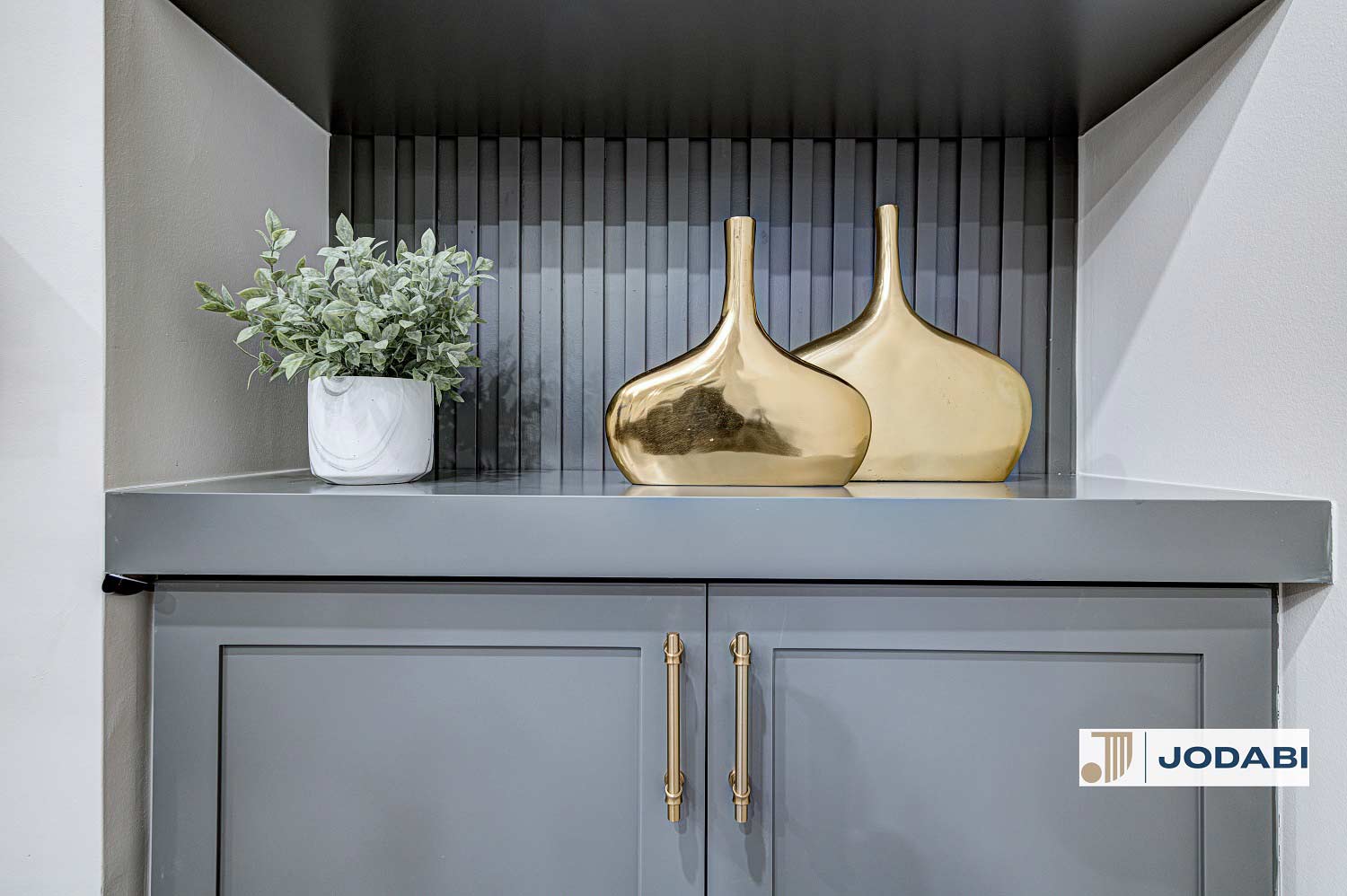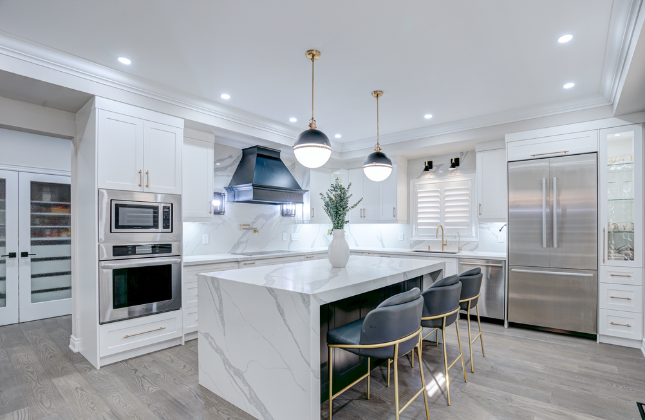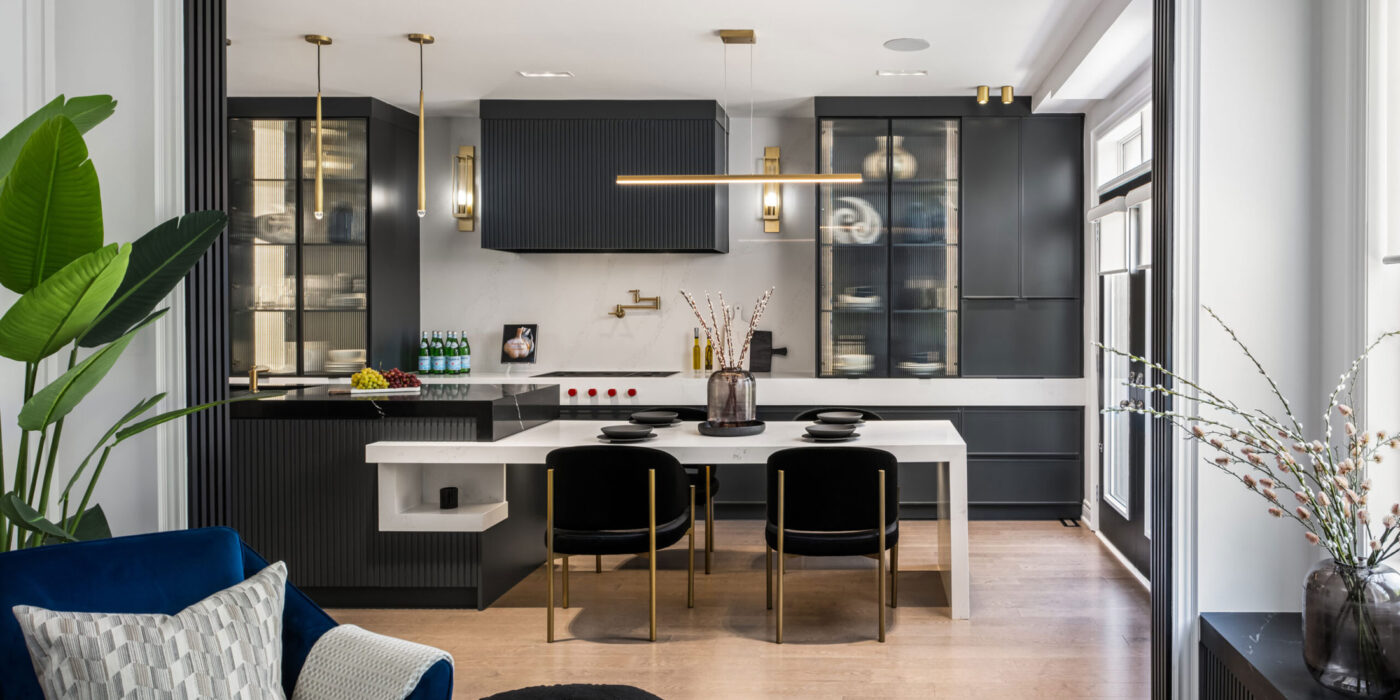Building a custom home is a dream for many, offering the freedom to create a space that perfectly matches your lifestyle and preferences. However, the process can be fraught with potential pitfalls that can turn a dream project into a stressful ordeal.
Drawing from a wealth of knowledge shared by homeowners and experts, here are six critical areas often overlooked that can significantly impact the success of building your custom home.
1. Adequate Budget Planning
Planning your budget carefully when building a custom home is essential to avoid financial pitfalls. Nearly half of homeowners’ report exceeding their budgets due to unforeseen costs, illustrating the importance of including a contingency fund in your financial planning. This extra buffer, often recommended to be 10-15% of the total budget, can cover unexpected expenses like sudden price increases in materials or additional construction requirements that were not initially apparent.
Beyond the basic construction costs, it’s crucial to consider all associated expenses, such as permits, taxes, and land preparation, which can often be overlooked during the planning phase. Underestimating these costs can lead to significant financial strain and could potentially halt the project if funds run dry. A detailed and well-researched budget should account for every conceivable expense to ensure financial stability throughout the building process.
Moreover, engaging with a financial advisor who is familiar with construction projects can provide valuable insights and help manage your budget more effectively. They can assist in setting realistic financial expectations and ensuring that your budget aligns with your home-building goals. This professional guidance is invaluable in navigating the complexities of home construction finances, helping to secure a smooth and successful build from start to finish.
2. Choosing the Right Location
Selecting the right location for your custom home is more than just finding a beautiful spot; it directly influences your daily living and the home’s future value. It’s essential to evaluate how the location aligns with your lifestyle needs, such as proximity to work, schools, and amenities. These factors not only affect your day-to-day convenience but also the long-term appeal of your home to potential buyers, should you decide to sell.
Understanding the zoning laws and future development plans for the area is also crucial. These can significantly impact your living experience and the property’s appreciation rate. For instance, a quiet neighborhood might be slated for future commercial development, which could affect the tranquility of the area and, consequently, the property’s desirability. Thorough research and foresight can prevent such unforeseen consequences.
In addition, consider the natural environment and climate of the location, which can affect construction materials and techniques, as well as long-term maintenance costs and needs. For example, areas prone to flooding or extreme weather conditions may require additional investment in home resilience features, which could impact your budget and ongoing maintenance costs.

3. Focusing on Both Aesthetics and Functionality
The design of your home should beautifully combine aesthetics and functionality to cater to your lifestyle while remaining appealing over time. While attractive design elements are important, they should not compromise the practical aspects of your home. For example, the stylish placement of a staircase should not disrupt the natural flow of movement within the house, nor should beautiful but delicate materials be used in high-traffic areas where durability is key.
Consideration of the home’s layout in relation to your daily activities is critical. Areas like laundry rooms, kitchens, and bathrooms should be conveniently located to support your routine. Additionally, ensuring that common areas are welcoming and accessible to all family members promotes a harmonious living environment.
Lastly, it’s important to think about the future usability of the home. As families grow or shrink, or as mobility decreases with age, the home should be able to adapt. Including features such as flexible room functions or accessible design can significantly enhance long-term satisfaction with your home, ensuring it meets your needs for years to come.
4. Effective Communication and Choosing the Right Builder
Effective communication forms the backbone of any successful custom home project. Without clear, consistent interactions, projects can veer off course, leading to frustration and disappointment. Ensuring that you regularly check in with your builder and design team, setting expectations early, and having regular updates can mitigate these risks significantly. This approach prevents the common pitfalls of misunderstandings and helps keep the project aligned with your vision.
The choice of builder will critically impact the overall success of your custom home. It’s crucial to select a builder not only with a strong portfolio and excellent references but also one who you feel understands your vision and can communicate effectively. Trust and professionalism play crucial roles here, as these qualities ensure that the builder will handle unexpected challenges adeptly and keep the project on track.
Think of your relationship with your builder and design team as a long-term partnership. This perspective will help you approach interactions with patience and attention to detail, ensuring that both parties understand each other clearly from the start. Homeowners who establish this kind of relationship tend to experience smoother builds and are more satisfied with the final outcome of their projects.

5. Planning for Future Needs
When building a custom home, consider how your needs might evolve over the years. Designing spaces that can adapt to changes such as family growth or mobility issues is not only practical but also cost-effective in the long run. For example, including rooms that can serve multiple purposes, or can be easily modified, ensures your home remains functional and comfortable as your life changes.
Incorporating elements that add long-term value to your home, such as extra bedrooms or accessible features, can significantly reduce the need for expensive modifications later. Planning for these features during the initial design phase can be much more cost-effective than retrofitting them after the home is built. It’s not just about meeting immediate needs but ensuring your home can grow with your family.
Future-proofing your home involves more than just adaptability; it also means considering future market trends and ensuring that your home can meet or exceed standards that may come into play later. This foresight can enhance your home’s marketability and functionality, safeguarding your investment against changes in lifestyle or family dynamics.
6. Prioritizing Energy Efficiency and Sustainability
Focusing on energy efficiency is increasingly important in today’s economic and environmental climate. Integrating energy-efficient windows, insulation, and heating systems can drastically reduce ongoing utility costs. Moreover, these features are attractive to future buyers who prioritize sustainability and efficiency in their home choices.
Choosing sustainable materials and construction practices not only benefits the environment but also improves the indoor air quality of your home and reduces maintenance costs. Materials like bamboo for flooring or recycled glass for countertops are not only durable but also add a unique aesthetic appeal to your home while being environmentally responsible.
Building your home to comply with the latest energy standards is not just about adherence to regulations—it’s about future-proofing against more stringent standards that could come into effect. Homes built with these considerations in mind are ready to meet or exceed future environmental benchmarks, making them more appealing and competitive in the real estate market.

Conclusion
Building a custom home is an intricate process that requires careful planning and decision-making. Being aware of these common regrets and preparing for them can help ensure that your home-building experience is rewarding and that the final product is a home truly tailored to your desires and needs. By addressing these key areas, homeowners can mitigate risks and enjoy their new custom home for many years to come.

